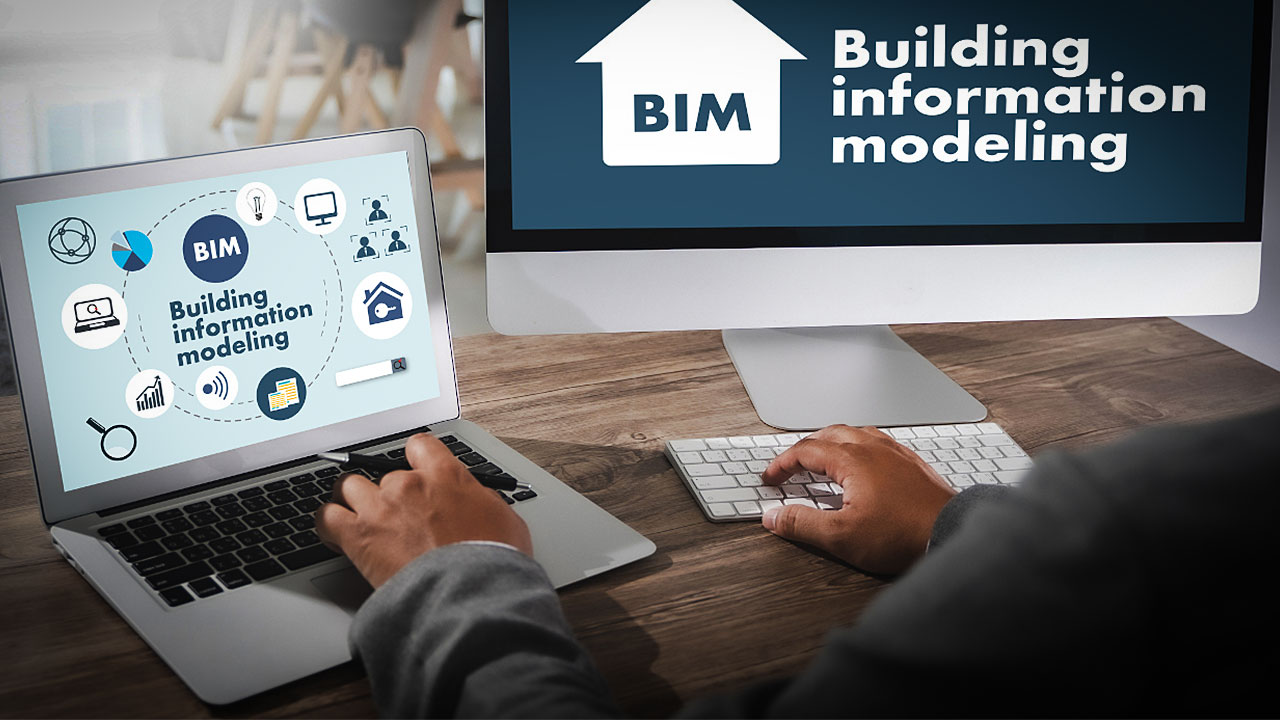Building lifecycle management is the driving force behind much of how BIM technology operates and how projects come to life. This process is where any information related to a BIM project is controlled and organized in an integrated fashion, from the planning phase to demolition. Essentially, it sums up how the information of a project is used throughout its entire lifecycle, and how it can make a project more coordinated, hands-on, well-organized, and more efficient between all parties.
Since a great deal of data and information accumulates after each phase of the project, BIM plays a role in helping those involved stay informed. Read on to learn more about building lifecycle management, and why it matters for your journey in BIM.
Before: How BIM Helps, From Pre-Design to the Planning Stage
Even prior to a project truly getting off the ground, BIM plays an important part in helping those involved maintain coordination and quality control at the start of its lifecycle. For one, all parties have access to digital models while the project is being planned out, helping to improve their sense of collaboration and understanding. Once the planning stage begins in earnest, BIM can be used to generate 3D models of designs, as well as determine which systems and materials would need to be used. BIM data can also be used to keep a record as to which design-related tasks have been delegated to different team members, as well as determining the logistics of a project (eg. budget and scheduling). Being able to track and monitor various stages of the project can ease nerves during the pre-construction phase, as it can improve the overall sense of organization within the project.
Another key element for those working toward their BIM technician certificate to understand is that, with BIM information being readily available, any decisions made during the pre-construction phase that is properly documented can be accessed through digital files when working on future changes or repairs.

BIM information can be extremely useful during the construction phase
During and After: What Students in BIM Training Should Know
Students in BIM training looking for a career in the field should be aware that BIM can play a big role during the construction phase, especially because it can save time for all involved and give the project greater momentum. This is because much of the design, logistics, and overall planning—and any changes made to each of these phases—can be accounted for prior to construction. Should any repairs be made to the structure, this should be logged within the file’s information, including the who/what/where/when of these repairs. BIM’s role with building lifecycle management becomes even more important with this in mind since it shows information relevant to deciding alternatives for components of the structure that need improvement.
After construction has completed, stored BIM data can be delivered to those responsible for managing the building. This also contains information related to where components of the building’s interior are located, as well as how to properly maintain it. Lastly, those in BIM technician training must also be aware of the final stage in a building’s lifecycle, which involves the demolition or significant renovation of the structure. By using BIM data, those involved with demolishing the building can be informed about its various specifications, and what is necessary.
Want to learn more about Building Lifecycle Management?



